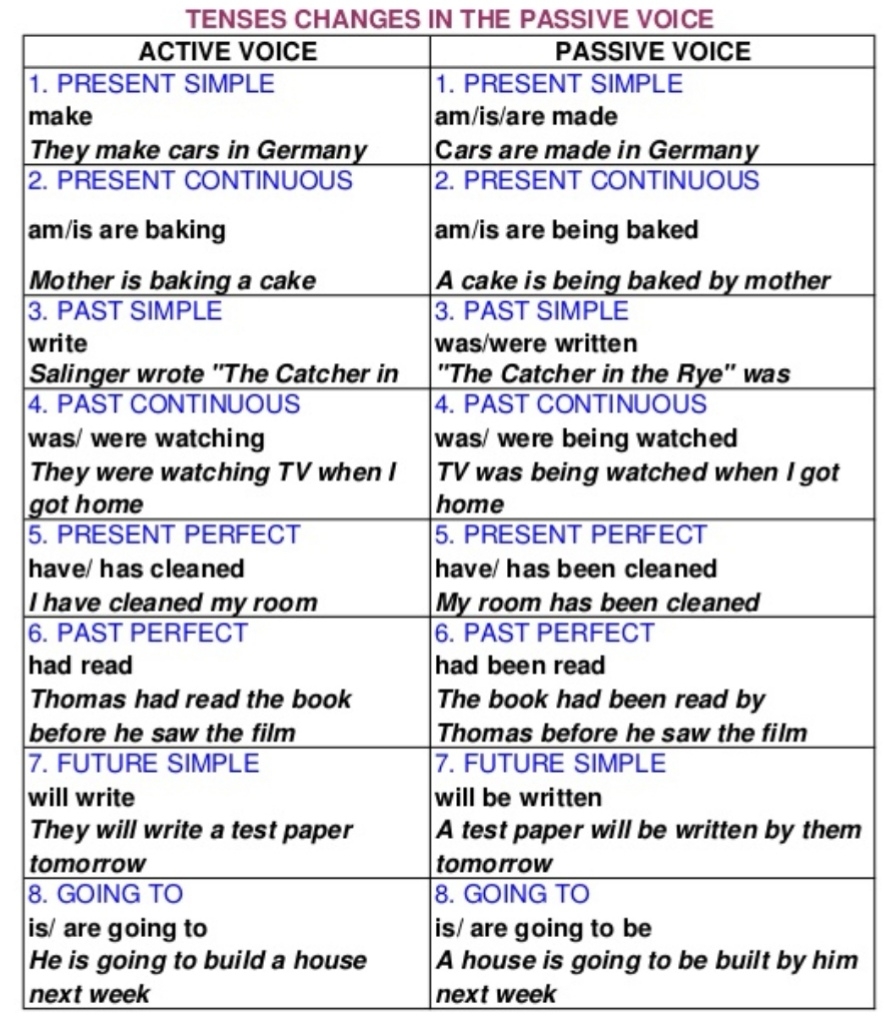In English grammar, sentences are written in either active voice or passive voice. The active voice is when the subject of the sentence performs the action, while the passive voice is when the subject receives the action. Understanding when to use each voice is essential for effective communication.
When writing in the active voice, the subject of the sentence is the doer of the action. This makes the sentence more direct and engaging. On the other hand, the passive voice is used when the subject is not the doer of the action, but rather the receiver. This can sometimes make the sentence less clear or engaging.
Active Voice and Passive Rules Chart
Below is a chart outlining the rules for using active voice and passive voice in English sentences:
| Active Voice | Passive Voice |
|---|---|
| Subject performs the action | Subject receives the action |
| Direct and engaging | Less clear or engaging |
| Subject comes before the verb | Subject comes after the verb |
It is important to choose the appropriate voice based on the context of the sentence. Active voice is typically preferred in most cases as it is more direct and engaging. However, there are instances where passive voice may be more suitable, such as when the focus is on the receiver of the action rather than the doer.
When using passive voice, be sure to include the subject that is receiving the action to avoid confusion. Additionally, passive voice is often used in scientific or formal writing to emphasize the action rather than the doer.
Overall, understanding the differences between active and passive voice is crucial for effective communication in writing. By following the rules outlined in the chart and choosing the appropriate voice for each sentence, you can enhance the clarity and impact of your writing.
Remember to practice using both active and passive voice in your writing to become more proficient in utilizing these grammatical structures.
